by Sarah Robinson – Primary Teacher, Outside Education
Learning outcomes:
- To identify the main parts of the brain and their functions.
- To understand the importance of the brain and know that it enables us to do many things.
- To know that we can develop and ‘grow’ our brain by practising difficult things.
Resources
- Book: Your Fantastic Elastic Brain by JoAnn Deak
- Any moldable material: playdough, plasticine, clay etc
Activity: Read and discuss Your Fantastic Elastic Brain
Key points:
- Your brain is one of the most important organs in your body. Your brain is truly amazing: it enables you to think, feel, speak, move and learn new things.
- Your brain is divided into two main parts, the left side and right side (hemispheres).
- The left hemisphere controls the right side of the body! It helps you perform tasks to do with logic and problem solving, like decoding letters for reading. The right hemisphere controls the left side of the body and helps you perform creative and imaginative tasks.
- The brain’s surface has many creases and folds. They are very important as they create more ‘space’ (increased surface area) for higher functioning thought and action.
- You’re born with billions of neurons – these are brain ‘bits’ (matter) that want to reach out and send messages to other neurons. Neurons connect to each other enabling the brain to send messages faster.
- Practising difficult things is like exercise for your brain. It gets stronger, cleverer and more capable as it makes more connections. Your brain is ready and waiting! It wants to develop and improve, to enable you to master difficult tasks and learn new skills. Practising tricky things is the best way to ‘grow’ your brain.
Activity: Make a brain!
- Use playdough, plasticine or clay to make your own brain.
- What shape is your brain?
- Make your brain symmetrical and divide it into two halves: the left and right hemisphere.
- Don’t forget to recreate the folds over the surface of the brain. What tool can you use to create the effect of these folds?
- How might you represent the different parts of the brain?
Activity: Try these brain teasing exercises
Can you follow these instructions?
- Stand on one leg
- Stand on your left leg and point to the ceiling with your right finger
- Balance on one foot and one hand
- Pat your tummy
- Pat your tummy whilst rubbing your head
- Rub your tummy and pat your head whilst jumping up and down
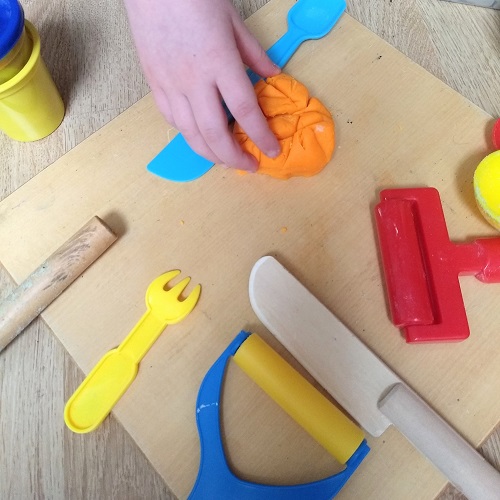

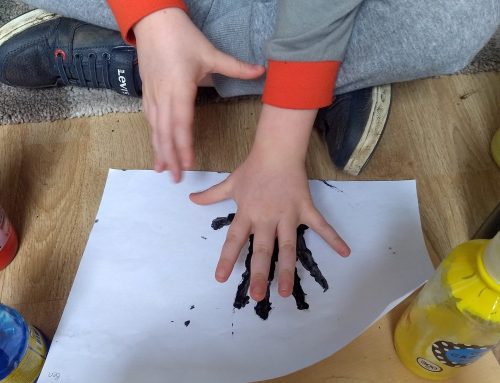
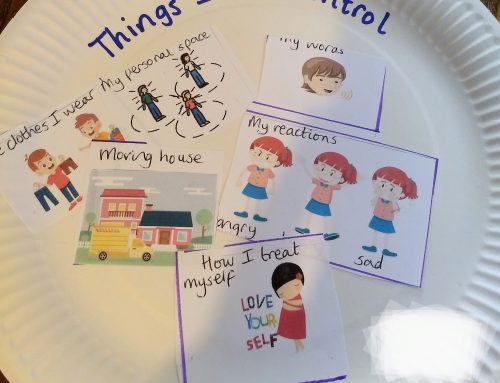
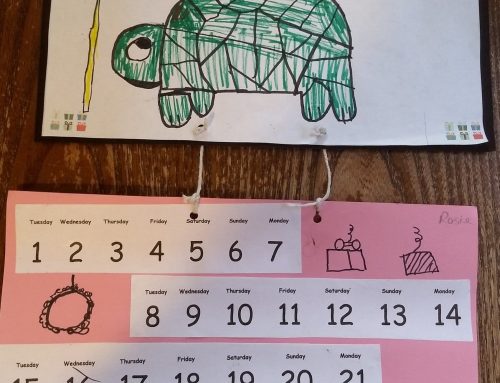
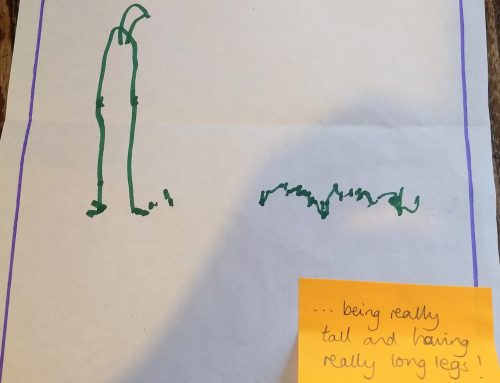

Leave A Comment